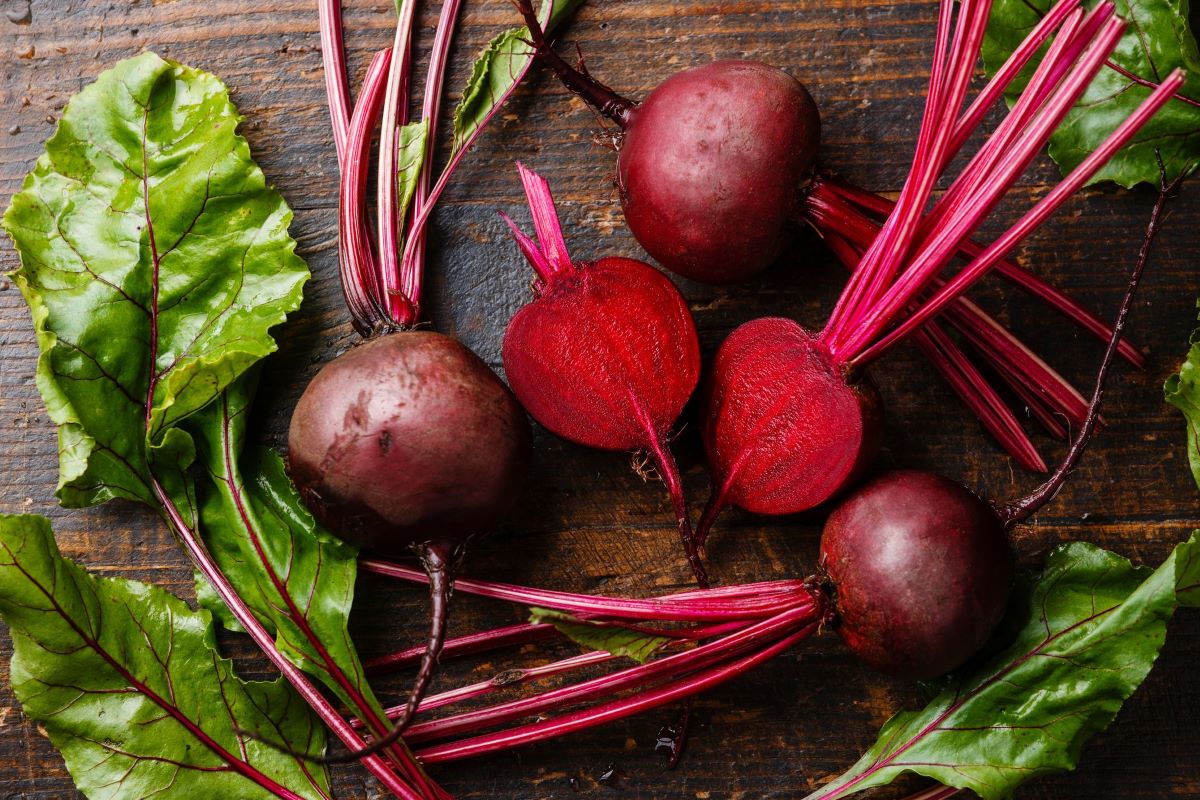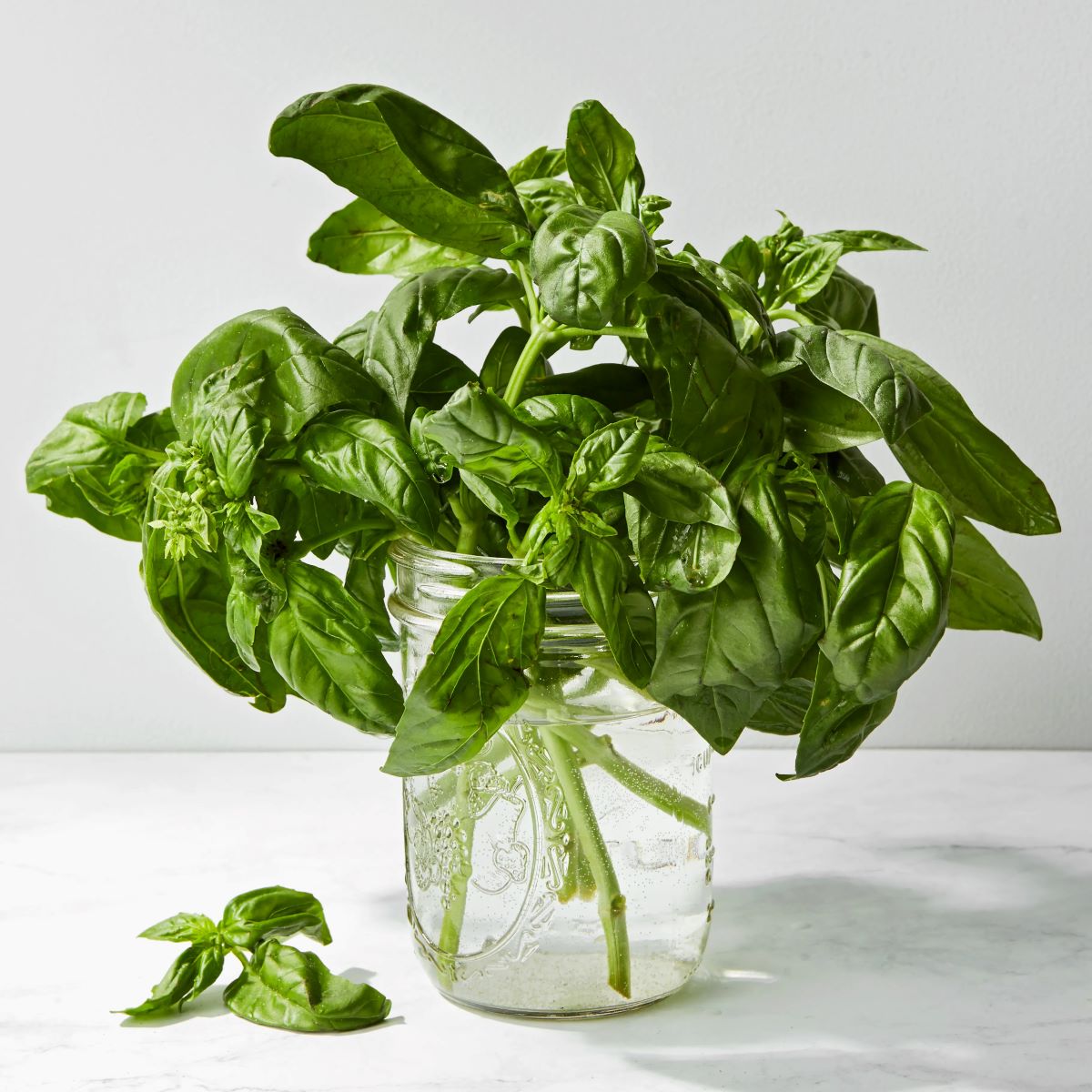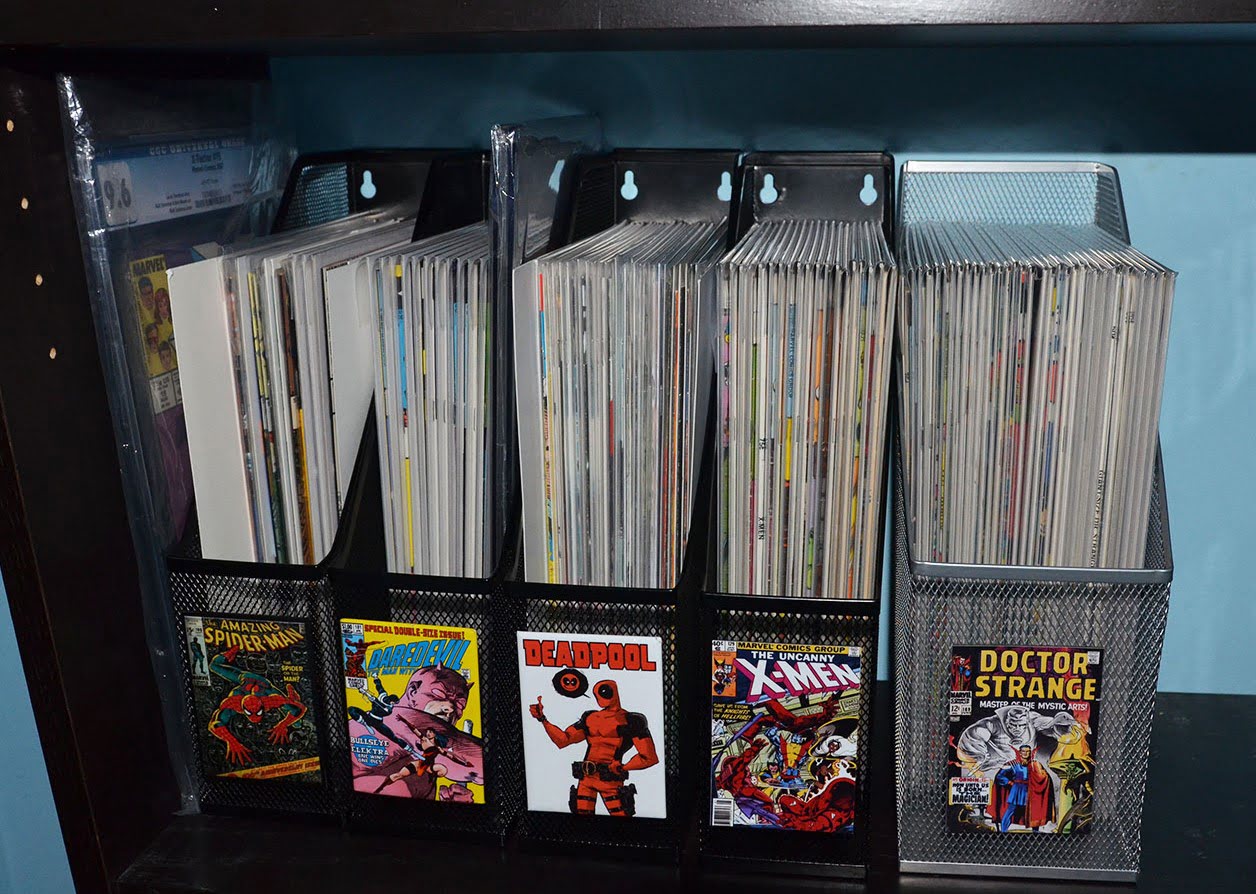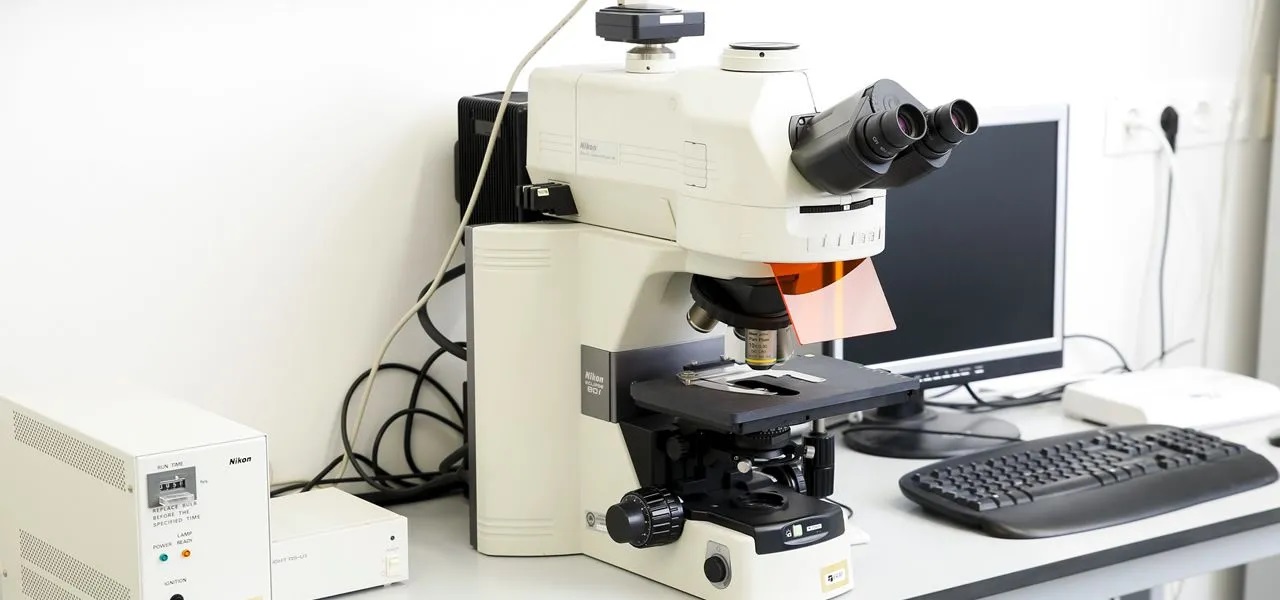

Articles
How To Store Beetroot
Modified: December 7, 2023
Discover the best way to store beetroot and keep it fresh for longer. Read our articles for helpful tips and techniques.
(Many of the links in this article redirect to a specific reviewed product. Your purchase of these products through affiliate links helps to generate commission for Storables.com, at no extra cost. Learn more)
Introduction
Beetroot is a versatile and nutritious root vegetable that can be enjoyed in a variety of dishes. Whether you have an abundant harvest from your garden or you simply want to stock up on this delicious vegetable, knowing how to properly store beetroot is key to keeping it fresh and flavorful for an extended period of time.
When stored correctly, beetroot can stay fresh for weeks or even months, allowing you to enjoy its vibrant color and earthy taste all year round. In this article, we will guide you through the process of selecting, harvesting, cleaning, and storing beetroot to ensure its longevity and quality.
So, let’s dive in and discover the best practices for storing beetroot!
Key Takeaways:
- Proper storage of beetroot, whether in the refrigerator, root cellar, or freezer, ensures year-round access to its earthy flavor. Select, harvest, and prepare beetroot carefully to maximize its shelf life and nutritional benefits.
- Regularly checking stored beetroot for freshness and quality is crucial. Look for signs of decay, sprouting, firmness, color, and smell to ensure the best beetroot for your recipes. Enjoy the versatility of this nutritious vegetable!
Read more: How To Store Beetroot Without Fridge
Selecting the right beetroot
When it comes to storing beetroot, choosing the right ones is the first step towards ensuring their freshness. Look for beetroot that is firm to the touch, with smooth skin and vibrant color. Avoid beetroot that is soft, has wrinkled skin, or has any signs of decay.
Additionally, the size of the beetroot can play a role in their storage. Smaller beets tend to have a sweeter flavor and will cook faster, while larger ones are more suitable for roasting or pickling. Consider your intended use for the beetroot when selecting the size.
It’s worth noting that beetroot greens are edible and highly nutritious. If your beetroot comes with fresh, vibrant greens attached, choose ones with crisp leaves and avoid any yellowing or wilting.
By selecting beetroot that is in optimal condition, you are setting the foundation for successful storage and delicious meals down the road.
Harvesting beetroot
The timing of harvesting beetroot can greatly impact its flavor and storage life. Beetroot is typically ready for harvest when the roots are about 1 to 3 inches in diameter. However, you can harvest them earlier if you prefer a more tender and sweet taste.
To harvest beetroot, gently loosen the soil around the plants using a garden fork or trowel. Be careful not to damage the roots while doing so. Once the soil is loosened, lift the beetroot by grasping the tops, near the stem, and pulling gently upward.
For optimal storage, it is important to remove the beetroot greens right after harvest. The greens draw moisture from the roots, causing them to lose their firmness and become soft. Use a sharp knife or shears to trim the greens, leaving about an inch of stem attached to the beetroot.
After harvesting, be sure to handle the beetroot with care to prevent any bruises or cuts. Wipe off excess soil gently, but do not wash the roots at this stage. Washing can introduce moisture, which may lead to decay during storage.
By harvesting beetroot at the right time and handling them properly, you will maximize their shelf life and be rewarded with fresh, flavorful roots for weeks to come.
Cleaning and preparing beetroot for storage
Before storing beetroot, it is important to clean and prepare them properly to ensure their longevity and quality. Here are the steps to follow:
- Start by trimming off any remaining green tops, leaving about an inch of stem attached to the beetroot. This prevents the greens from drawing moisture from the roots and reduces the risk of mold formation.
- Gently brush off any excess soil using a soft-bristled brush or a cloth. Avoid washing the beetroot at this stage, as moisture can promote decay during storage.
- If the beetroot has any damaged or bruised areas, carefully trim them off with a knife. Be sure to remove only the affected parts, as cutting too much can lead to moisture loss and spoilage.
- Inspect the beetroot for any signs of disease or decay. If you come across any beets with soft spots, mold, or rot, it’s best to discard them to prevent the spread of decay to other beets.
- Once the beetroot is trimmed and cleaned, you can choose to boil or steam them for a few minutes to slightly cook them. This step is optional, but it can help preserve the beetroot’s texture and nutritional value during storage.
After cleaning and preparing the beetroot, it is crucial to handle them with care to prevent any further damage. Place the prepared beetroot gently in a suitable container or wrap them individually in paper towels or newspaper to absorb excess moisture.
Following these cleaning and preparation steps will ensure that your beetroot is ready for storage, maintaining its freshness and flavor for an extended period of time.
Storing beetroot in the refrigerator
The refrigerator is an ideal storage option for beetroot, as it provides a cool and consistent temperature that helps maintain their freshness. Follow these steps to store beetroot in the refrigerator:
- Ensure that the beetroot is clean and dry before storing.
- Place the beetroot in a breathable bag or perforated plastic bag. This allows air circulation, preventing the build-up of excess moisture that can lead to rotting.
- Store the bagged beetroot in the vegetable crisper drawer of your refrigerator. The crisper drawer helps maintain the right humidity levels for optimum storage.
- Avoid storing beetroot near foods with strong odors, as beetroot can absorb odors easily.
- Check the beetroot periodically, removing any sprouted or spoiled ones promptly to prevent the spread of decay.
When stored properly in the refrigerator, beetroot can last for several weeks. However, keep in mind that the quality and texture may deteriorate over time, so it’s best to consume them sooner rather than later for the best taste and texture.
Remember to keep an eye on the stored beetroot and enjoy the flavors of this vibrant vegetable in your favorite recipes!
Read more: How To Store Basil From Store
Storing beetroot in a root cellar
If you have access to a root cellar or a cool, dark, and well-ventilated storage area, storing beetroot in this environment can be an excellent option. Follow these steps to store beetroot in a root cellar:
- First, ensure that the beetroot is clean and dry before storage.
- Remove the tops of the beetroot, leaving about an inch of stem attached. This prevents the greens from drawing moisture from the roots and extends their storage life.
- Place the beetroot in a wooden or plastic crate, layering them with damp sand, sawdust, or peat moss. This helps maintain humidity and prevents the roots from drying out.
- Store the crate of beetroot in a cool, dark, and well-ventilated area, such as a root cellar, basement, or garage. The ideal temperature for beetroot storage is around 32-40°F (0-4°C), with a humidity level of 90-95%.
- Regularly inspect the stored beetroot and remove any spoilt or damaged ones to prevent the spread of decay.
Storing beetroot in a root cellar can extend their shelf life for several months, allowing you to enjoy their delicious flavor and nutritional benefits during the winter months. Just be sure to monitor the storage conditions and remove any deteriorating beets promptly.
With proper care and storage, your root cellar can provide a perfect environment for storing beetroot long-term.
Store beetroot in a cool, dark place such as a root cellar or refrigerator. Keep them in a perforated plastic bag to maintain humidity and prevent wilting. Avoid storing near ethylene-producing fruits to prevent premature spoilage.
Storing beetroot in a cool and dark place
If you don’t have access to a root cellar, you can still successfully store beetroot in a cool and dark place in your home. Follow these steps to store beetroot in such an environment:
- Clean and dry the beetroot before storage, ensuring there is no excess moisture on the roots.
- Trim the tops of the beetroot, leaving about an inch of stem attached to prevent moisture loss.
- Choose a location that is cool, preferably between 32-40°F (0-4°C). Avoid areas that experience extreme temperature fluctuations.
- Find a dark spot away from direct sunlight, as exposure to light can cause the beetroot to sprout prematurely.
- Place the beetroot in a well-ventilated container, such as a wooden crate or a cardboard box with holes for air circulation.
- Layer the beetroot with a material that helps maintain humidity, such as damp sand, sawdust, or peat moss. This prevents the roots from drying out.
Regularly inspect the stored beetroot and remove any spoiled or damaged ones to prevent the spread of decay. Be sure to handle the beetroot with care to avoid bruising or cutting the roots, which could lead to spoilage.
By storing beetroot in a cool and dark place with optimal humidity, you can extend their storage life and enjoy their fresh taste in your favorite recipes for weeks or even months.
Storing beetroot in the freezer
If you have an abundance of beetroot and want to store them for an extended period, freezing can be a convenient option. Follow these steps to store beetroot in the freezer:
- Start by cleaning and preparing the beetroot as mentioned earlier, trimming off the tops and removing any dirt.
- Bring a large pot of water to a boil and blanch the beetroot for 3-5 minutes, depending on their size. This blanching process helps to preserve the flavor, texture, and color of the beetroot.
- Immediately transfer the blanched beetroot to an ice bath to cool them down rapidly and stop the cooking process.
- Once cooled, peel the skin off the beetroot using your fingers or a knife. The skins should slip off easily.
- Cut the beetroot into slices, wedges, or cubes, depending on your preference and how you plan to use them in the future.
- Place the beetroot in a freezer-safe container or bag, removing as much air as possible to prevent freezer burn. Label the container with the date for easy reference.
- Store the beetroot in the freezer at a temperature of 0°F (-18°C) or below.
Frozen beetroot can be stored for up to 12 months, but for the best quality, it is recommended to consume them within 3-6 months. When you are ready to use the frozen beetroot, simply thaw them in the refrigerator overnight or cook them from frozen in your preferred recipes.
Freezing beetroot is a great way to preserve their freshness and nutritional value, allowing you to enjoy the earthy taste of this versatile vegetable all year round.
Proper packaging for stored beetroot
The way you package and store beetroot plays a crucial role in maintaining its freshness and quality. Here are some tips for proper packaging:
- Ensure that the beetroot is clean and dry before packaging. Excess moisture can lead to rotting.
- For short-term storage, you can store beetroot loose in a breathable bag, such as a perforated plastic bag, to allow air circulation.
- If you’re storing beetroot in the refrigerator or a root cellar, use wooden or plastic crates to prevent them from rolling around and getting damaged.
- If you’re storing beetroot in the freezer, use airtight freezer-safe containers or bags to prevent freezer burn.
- If you’re layering the beetroot with a material like damp sand or sawdust, ensure that the material is clean and free from any contaminants.
- Label the packaging with the date of storage to keep track of their freshness.
Proper packaging not only helps protect the beetroot from bruising and damage but also prevents the transfer of flavors and odors from other foods. It also helps in organizing and identifying your beetroot during storage.
By following these packaging guidelines, you can maintain the quality and freshness of your stored beetroot, ensuring they are ready to be used whenever you need them.
Read more: How To Store Store-Bought Bread
Checking stored beetroot for freshness and quality
Regularly checking your stored beetroot is essential to ensure they remain fresh and of high quality. Here are some indicators to look out for when assessing the freshness and quality of stored beetroot:
- Inspect the beetroot for any signs of decay, such as mold, soft spots, or discoloration. If you notice any of these signs, remove the affected beetroot immediately to prevent the spread of decay to other beets.
- Check for sprouting. As beetroot ages, they may develop small sprouts from the top. While these sprouts are edible, they indicate the beetroot is past its prime and may have a woody texture.
- Assess the firmness of the beetroot. Fresh beetroot should feel firm to the touch. If the beetroot feels soft or spongy, it may have started to spoil.
- Observe the color of the beetroot. Fresh beetroot typically has a vibrant and rich color. Faded or dull colors may indicate a loss of freshness.
- Consider the smell. Fresh beetroot should have a slightly earthy aroma. If you detect any foul or unpleasant odors, it may be a sign of spoilage.
It’s important to note that beetroot may naturally lose some quality over time, but it can still be used in cooked dishes even if the texture or flavor changes slightly.
By regularly checking your stored beetroot for freshness and quality, you can quickly identify any issues and ensure that you’re using the best beetroot for your recipes. This practice allows you to enjoy the full flavors and benefits of this nutritious vegetable.
Conclusion
Properly storing beetroot is essential for preserving its freshness, flavor, and nutritional value. With the right techniques and storage methods, you can enjoy the earthy taste of beetroot throughout the year.
Whether you choose to store beetroot in the refrigerator, a root cellar, a cool and dark place, or the freezer, there are key considerations to keep in mind. Cleaning and preparing the beetroot before storage, using suitable packaging, and regularly checking for freshness are vital steps in ensuring the longevity of this versatile vegetable.
By selecting the right beetroot, harvesting at the optimal time, and handling them carefully, you can maximize their shelf life and maintain their quality for extended periods. Whether you prefer to enjoy beetroot in salads, soups, roasted dishes, or even pickled, proper storage practices allow you to have this nutritious vegetable readily available in your kitchen.
Remember to always check for signs of decay, discard any spoiled beetroot promptly, and make use of your stored beetroot within the recommended time frames to enjoy the best flavors and textures.
So, whether you grew your beetroots yourself or bought them fresh from the market, follow these storage guidelines, and you’ll have a supply of delicious beetroot to incorporate into your favorite recipes all year round!
Frequently Asked Questions about How To Store Beetroot
Was this page helpful?
At Storables.com, we guarantee accurate and reliable information. Our content, validated by Expert Board Contributors, is crafted following stringent Editorial Policies. We're committed to providing you with well-researched, expert-backed insights for all your informational needs.














0 thoughts on “How To Store Beetroot”